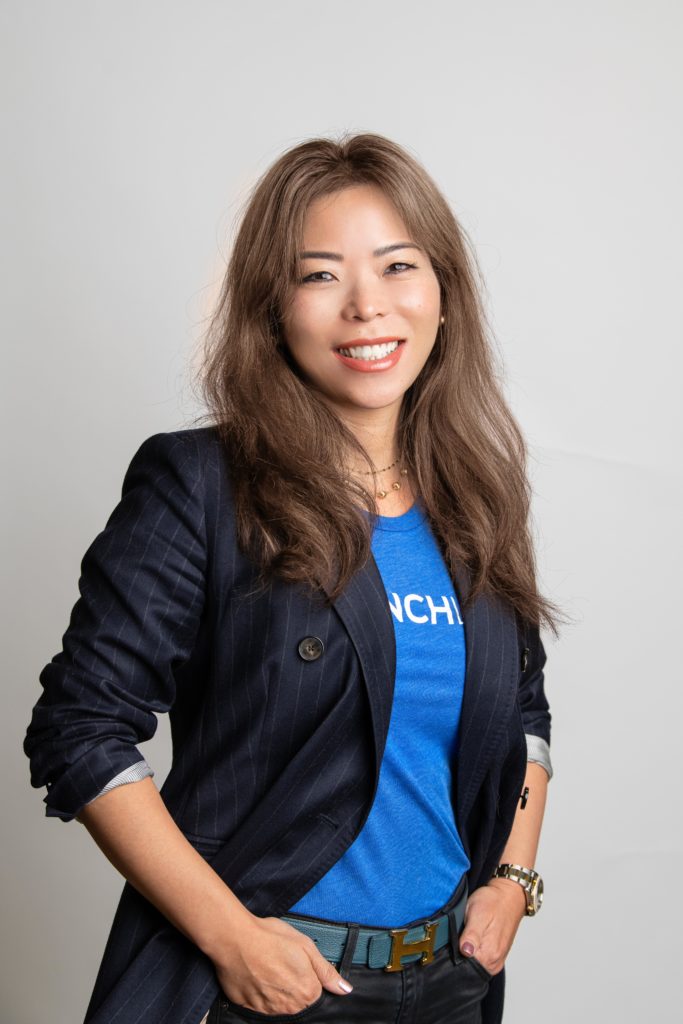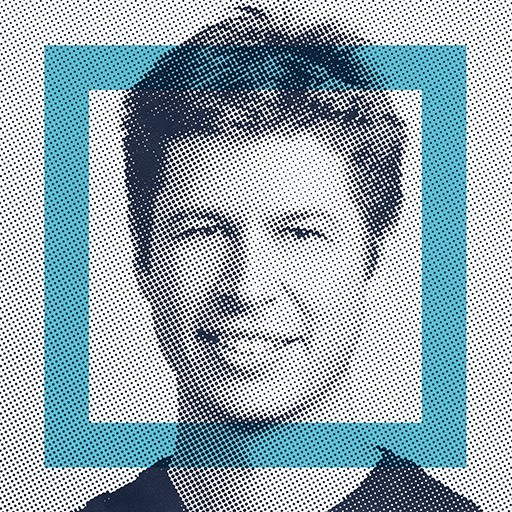Entrepreneur Case Studies
Female Entrepreneur Scaling a PropTech Venture with Over $40M in Funding: PunchListUSA CEO Min Alexander (Part 1)

Min tells a wonderful story of building a scaling a PropTech company with significant funding at a $100M+ valuation.
Sramana Mitra: Let’s start at the very beginning of your journey. Where are you from? Where were you born, raised, and in what kind of background?
>>>Building a High-Growth Startup From Brazil: Revelo CEO Lachlan de Crespigny (Part 6)
Sramana Mitra: How long does a developer stay in one company before they go out and look again?
Lachlan de Crespigny: Developers that find jobs with American companies stay for much longer. As per the current model, the average time is over three years. A normal developer stays 12 to 18 months. I don’t think it’s particularly healthy. Latin American remote workers tend to stay longer because US companies, in general, have very interesting work. They pay good salaries and it’s cool for people to work for a New York or Silicon Valley-backed VC company.
>>>Building a High-Growth Startup From Brazil: Revelo CEO Lachlan de Crespigny (Part 5)
Sramana Mitra: How much money had you raised in 2019 of October?
Lachlan de Crespigny: We had raised $15 million in 2019.
Sramana Mitra: You had some war chest to be able to figure things out.
Lachlan de Crespigny: We did. It was very lucky timing. It was not an easy fundraise. We were still a Brazilian-focused business at that point. There weren’t many funds that were interested in investing in Brazil in an industry they didn’t know.
>>>Building a High-Growth Startup From Brazil: Revelo CEO Lachlan de Crespigny (Part 4)
Sramana Mitra: Did you raise Series A?
Lachlan de Crespigny: We did. We raised Series A in late 2017 and Series B in 2019.
Sramana Mitra: When you went to raise Series A, what were your metrics vis-a-vis revenues, customers, and growth rate? Was the business model still the same?
Lachlan de Crespigny: The business model was still the same. I think we were making about $20,000 to $30,000 a month when we were raising Series A. We felt that Series A would be all about the metrics. It’s not. It’s about determining if we have a plan to be a very big company in the future. I remember we focused so much on our metrics that we were unconvincing to a lot of investors.
>>>Building a High-Growth Startup From Brazil: Revelo CEO Lachlan de Crespigny (Part 3)
Sramana Mitra: What happens next? This was still in 2015?
Lachlan de Crespigny: Right at the end of 2014. We ran a three-month test and if it worked, we’d decide whether we want to start this business. We started and the second one worked. The biggest next step was, we raised a seed round in the middle of 2015. We weren’t really sure what we were going to do with the money at that time but we knew that we had a business. We knew it was scalable and we knew that it was a big attractive industry.
>>>Building a High-Growth Startup From Brazil: Revelo CEO Lachlan de Crespigny (Part 2)
Sramana Mitra: What was your hypothesis on how you were going to generate cash flow?
Lachlan de Crespigny: We were shocked to discover this industry where offline recruiters would do tasks that we knew could be automated quickly and they charged very large amounts of money for it. We need to sell something high-ticket, because I’m not going to be able to make a lot of sales every month to get started.
>>>Building a High-Growth Startup From Brazil: Revelo CEO Lachlan de Crespigny (Part 1)

Lachlan has built a wonderful company from Brazil that has emerged as a pandemic beneficiary.
Read on for the nuances of his journey.
Sramana Mitra: Let’s start at the very beginning of your journey. Where are you from? Where were you born, raised and in what kind of background?
>>>Twin Brothers Building a FinTech Venture: Stephen Roche and Gabino Roche, CoFounders of Saphyre (Part 7)
Sramana Mitra: Would you now call yourself an exchange where there is a lot of inter-financial institution stuff happening?
Gabino Roche: I think that’s a fair analogy. It’s voluntary, because you don’t have to participate. If you do, there are a lot of carrots that come along with it. I like to call it an operating system for finance. The reason I say this is Stephen mentioned it earlier. Everyone had their own on-premise database. They would take Polaroid snapshots of the data, email them together, and then these spreadsheets will upload to our respective systems.
>>>